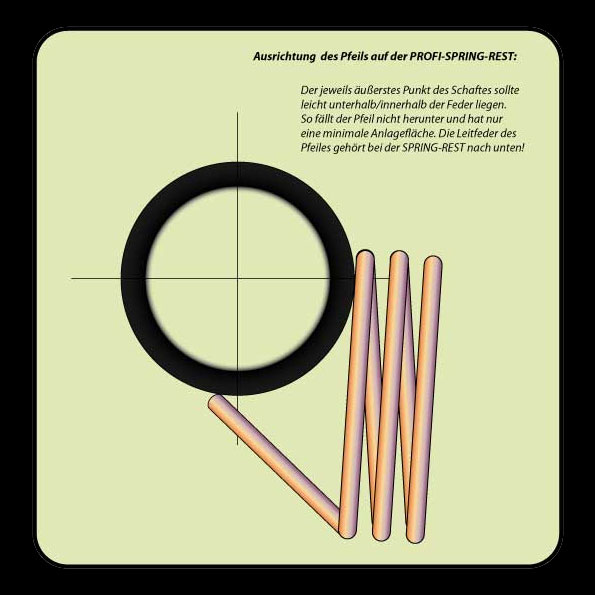

It can only be used with bows that have the threaded plunger hole mounts above the shelf on the riser.The rest employs a wire arm, and it’s used in concert with a cushion plunger, which sits against the arrow. It’s primarily favored by traditional archers who shoot competitively. REST-PLUNGER COMBO – This is the most advanced of the traditional rests, and it’s not as widely used as the others. They function just like the stick-on rests, but they are more secure. They have arms to support arrows, and they bolt into place through the riser mount. SCREW-IN RESTS – These rests are limited to those bows drilled and tapped to accept them. Arrows bearing vanes or feathers can be shot from these rests. These rests will have an arm built into them, which is meant to support the arrow. Like their name implies, they stick to the riser above the shelf, usually by way of double-sided tape. STICK-ON RESTS – Any traditional bow can receive these rests. A plastic vane would jump when it hits the shelf, causing erratic arrow flight. The down feather folds flat as the arrow slides across the shelf rest. Shelf rests are intended for archers who shoot arrows fletched with feathers. Some are flat pieces of material that simply cover the shelf wood, while others are slightly raised to hold the arrow a little above the shelf.

That is, their arrows simply rest on the riser shelf, above the handle.Shelf rests commonly are made of felt, leather, feathers or hair. They are designed for archers who shoot their arrows off the shelf. Beyond that, the accuracy of your shots will start to. If you are shooting at targets, you can expect to hit them precisely at distances up to 70 yards. It is fast enough to take down most game animals, including deer and elk. SHELF RESTS – These are perhaps the simplest of the traditional bow rests, and are widely favored by traditional bowhunters. A 50 lb recurve bow can shoot arrows at speeds of up to 220 fps. If it’s bare above the shelf, with no holes in it, your rest choices are more limited than if it is drilled and tapped.Here’s your guide to traditional archery rests. Before you start to pick a rest, take a look at your bow’s riser. Everything about their gear is uncomplicated.The rests they choose for their bows are no different. Even the slightest touch will affect the flight.Īnd that's why arrow rests are amazing.Traditional archers are known for their simplicity. Arrow plungers are not necessarily a type of rest, but rather an accessory to be used along with a rest. And there may be a slight chance that this motion will make it hit the riser. The last option for recurves is the rest and plunger design. Once released from the bow string, an arrow will bend. The paradox concept comes into place since arrows tend to move like a snake. If your arrow touches or rubs against your bow's riser, chances are, it'll sway (even when you're aimed dead straight at your target). The main explanation for this is that you are basically aiming and shooting with two solid components: your recurve bow AND your arrow. But, there are some circumstances that instead of forward, your arrow either sways towards the left (or right) once in flight. The thing is, an arrow moves forward (well, it should!) towards the point you're aiming at. Then, you'd either nudge up or down to get a good grasp on the distance.

Conventionally, you're using your bow by aligning its center towards the target. The word phenomenon is used because there seems to be a disconnect when aiming your bow towards your target.
#SPRINGY REST FOR RECURVE HOW TO#
How to Install Arrow Rest on a Recurve Bow – the Glue-On Type!Īlso called a stick-on rest, an arrow plate is essentially a leather (it's also available in different fabrics or materials) strip that's positioned on the bow's riser.


 0 kommentar(er)
0 kommentar(er)
